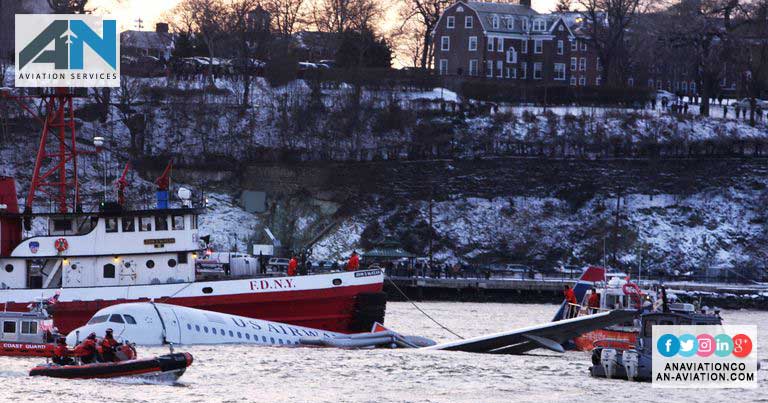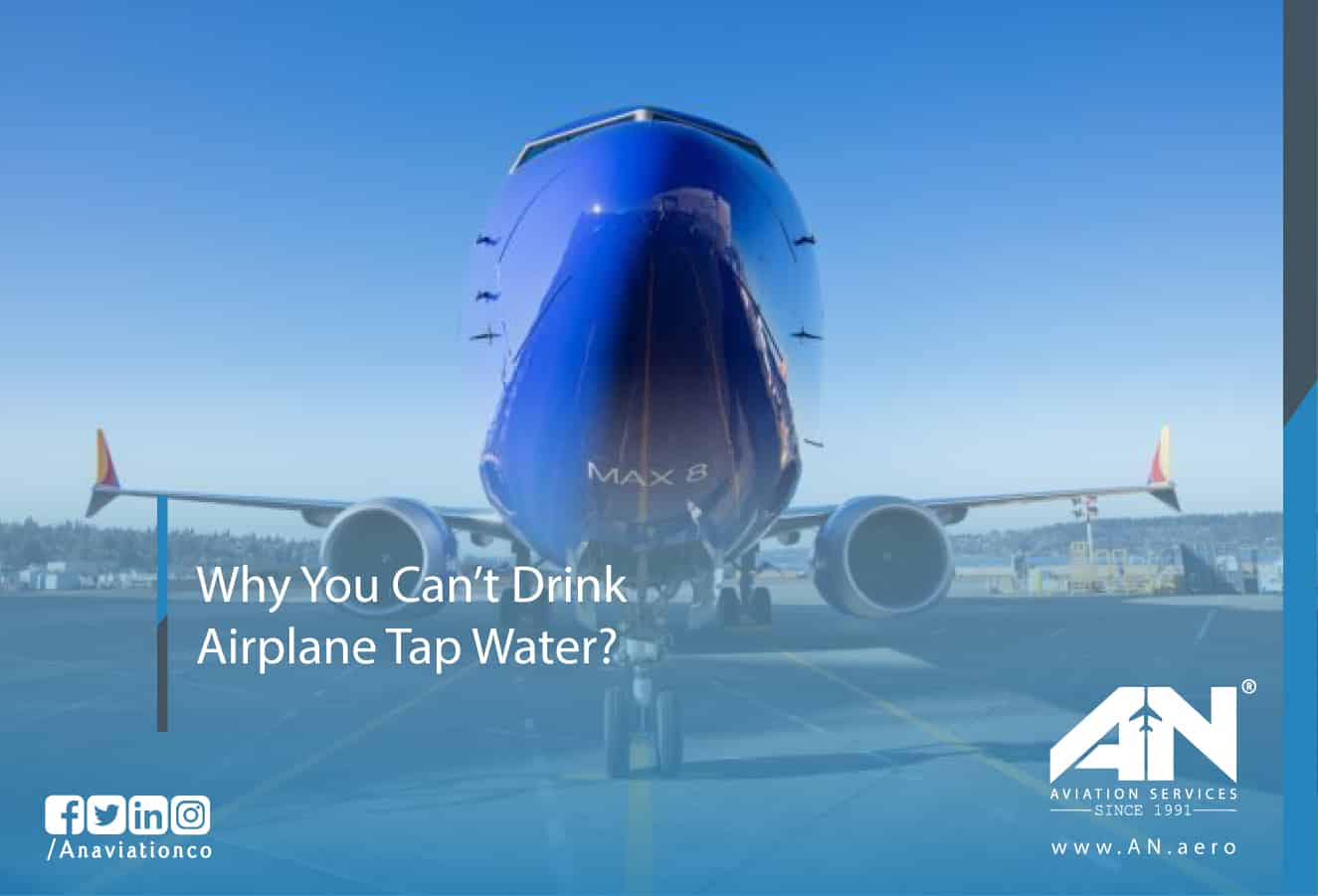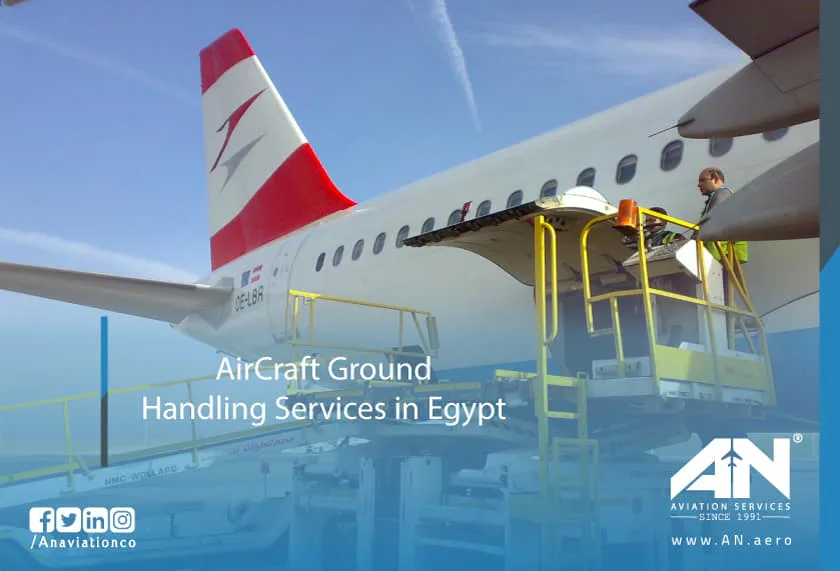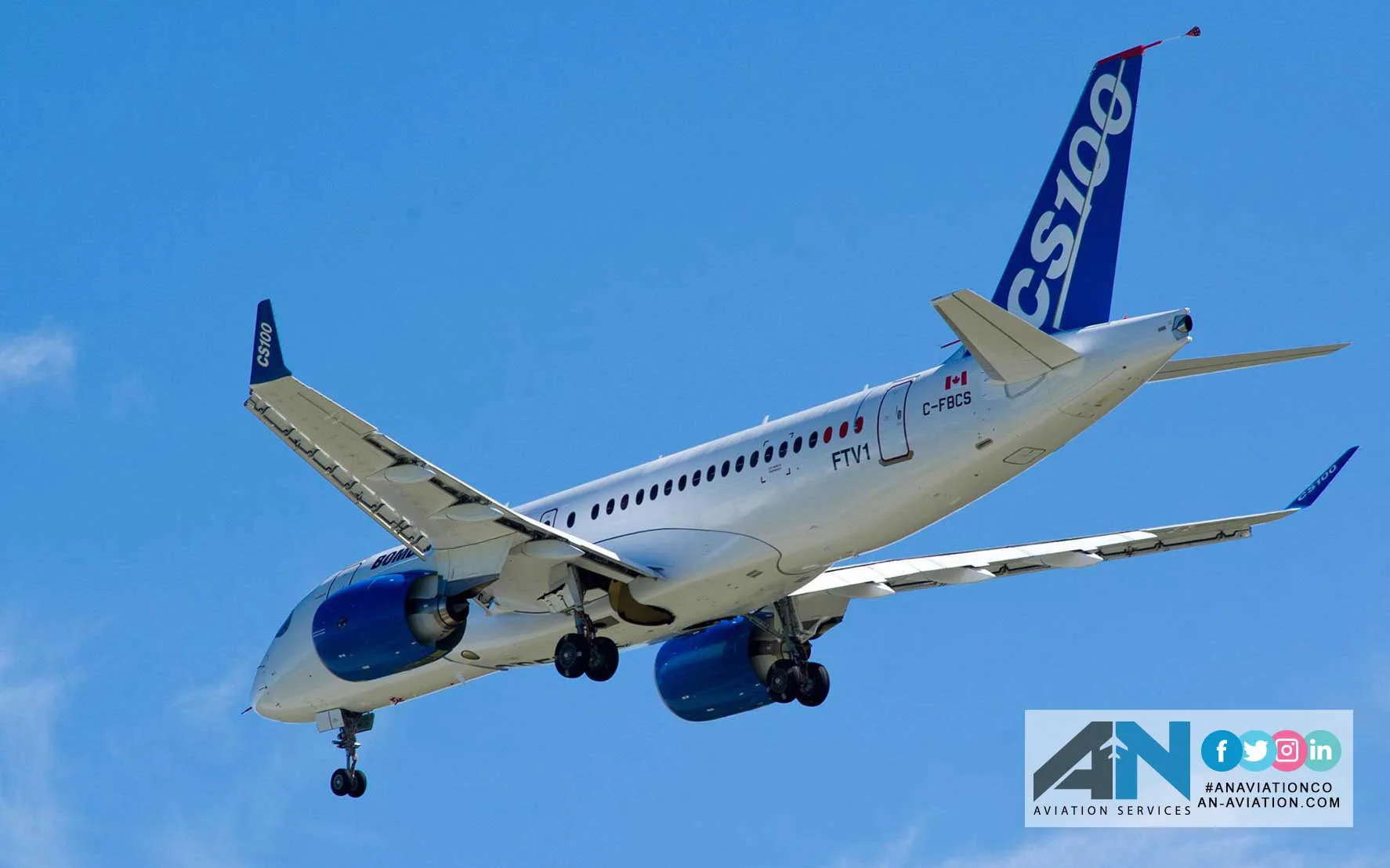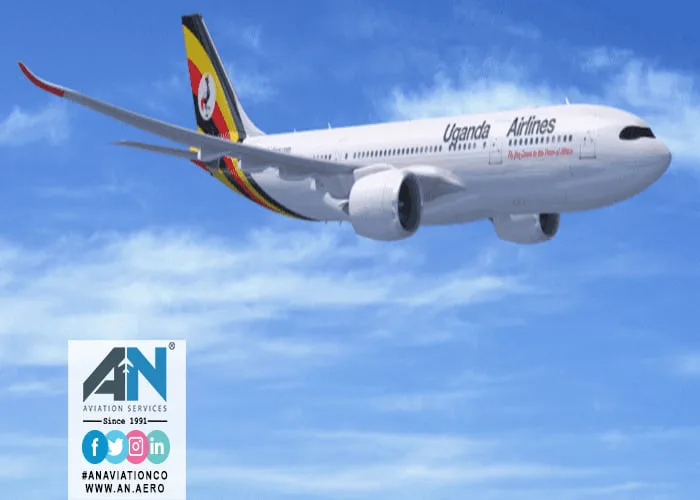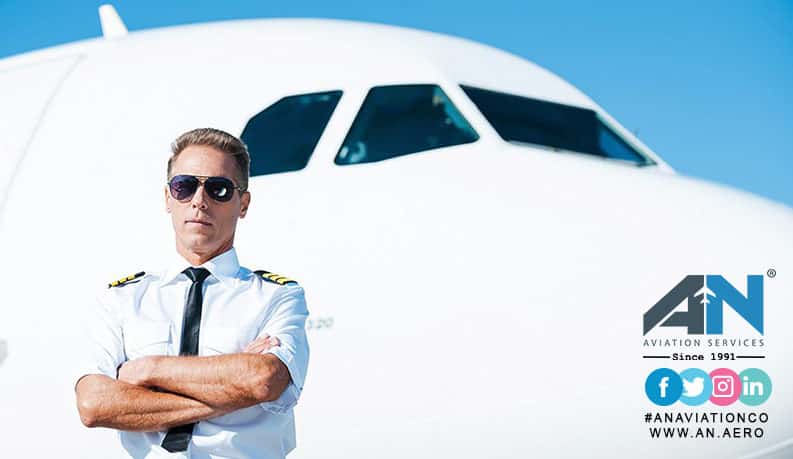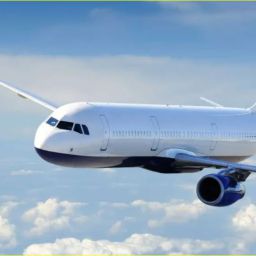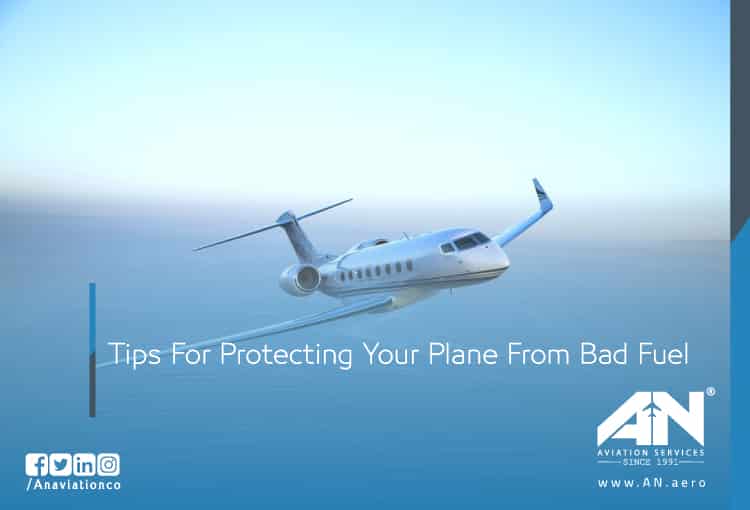
Fuel quality is a critical component of maintaining aircraft safety and performance. Bad fuel can not only lead to costly repairs but also compromise the overall reliability of your plane, putting safety at risk. From contamination in the fuel tank to issues with the fuel system, understanding the risks and taking preventative measures can help keep your aircraft in optimal condition.
In this article, we’ll explore how to spot the signs of bad fuel, what causes it, and practical tips for safeguarding your aircraft against fuel-related problems.
What Is Bad Fuel and Why Is It a Concern?
Bad fuel, also referred to as contaminated fuel, occurs when impurities or inconsistencies degrade its quality. Contamination can arise from several factors, such as water, debris, or microbial growth in the fuel tank, as well as low-quality or outdated fuel sources.
For aircraft, the stakes are even higher compared to automobiles. Contaminated fuel can significantly impact engine performance, leading to symptoms like difficulty starting, rough idling, and even engine failure mid-flight. Whether you’re piloting a light aircraft or managing a fleet of private planes, keeping the fuel system clean is essential for smooth and safe operation.
Symptoms of Bad Fuel in Aircraft
Recognizing the signs of bad fuel is the first step in protecting your plane. Here are some common indicators that could suggest contamination:
- Difficulty Starting the Engine: A common sign of bad gas is sluggish engine starts, which can be caused by impurities clogging the fuel system.
- Decreased Fuel Efficiency: Bad fuel can lead to a noticeable drop in fuel efficiency as the engine struggles to perform efficiently.
- Clogged Fuel Filter: Contaminants can accumulate in the fuel filter, obstructing the flow and affecting overall engine functionality.
- Check Engine Light: In modern aircraft equipped with advanced diagnostics, a check engine light may illuminate if fuel quality affects performance.
- Irregular Engine Behavior: Surges, sputters, or hesitation during operation can all point to issues caused by contaminated or degraded fuel.
These symptoms of bad gas should be addressed promptly to prevent long-term damage to critical components like the fuel pump and injectors.
Common Causes of Bad Fuel in Aircraft
Several factors contribute to bad fuel, and understanding these causes can help in prevention:
- Contamination from Water or Dirt: Water condensation inside fuel tanks can mix with the fuel, leading to microbial growth. Dirt and other particles can also enter the fuel system during refueling.
- Low-Quality Fuel: Purchasing fuel from unreliable sources increases the chances of using low-quality or improperly stored fuel.
- Degraded Fuel: Over time, fuel can break down chemically, especially if the plane has been sitting idle for an extended period.
- Microbial Contamination: Bacteria and fungi can thrive in the presence of water and fuel, particularly in jet fuel tanks, causing corrosion and clogging.
These issues highlight the importance of regular maintenance and ensuring the use of high-quality fuel.
Tips to Protect Your Plane from Bad Fuel
Protecting your aircraft from bad fuel starts with proactive measures and good maintenance practices. Here’s what you can do:
1. Refuel from Reputable Sources:
Always refuel your plane at reputable gas stations or facilities that adhere to strict fuel handling standards. This reduces the risk of contamination at the source and ensures consistent fuel quality.
2. Inspect the Fuel Tank Regularly:
Before every flight, inspect the fuel tank for water, sediment, or discoloration. Use a fuel tester to check for contamination and remove any impurities before starting the engine.
3. Monitor for Signs of Bad Gas:
Pay attention to any signs of bad gas, such as difficulty starting or unusual engine behavior. Early detection can prevent further damage to the fuel system.
4. Drain Water from the System:
If water contamination is detected, ensure that the water is drained from the fuel system. Aircraft are equipped with sump drains that allow pilots to remove water and debris from the fuel tanks.
5. Use Fuel Additives:
For planes that sit idle for long periods, consider using fuel stabilizers or anti-microbial additives. These can help maintain the quality of the fuel and prevent microbial growth.
6. Perform Regular Maintenance:
Regular maintenance, including cleaning or replacing the clogged fuel filter and inspecting the fuel pump, ensures that the system remains free of contaminants. Additionally, maintain a proper inspection schedule to identify potential problems early.
7. Keep Fuel Tanks Full:
Minimize condensation by keeping the fuel tank full when the plane is not in use. Empty space in the tank can lead to moisture accumulation, which contributes to microbial growth.
8. Follow Manufacturer Guidelines:
Always follow the guidelines outlined in the pilot operating handbook or maintenance manual for your aircraft. These resources provide specific recommendations for maintaining the fuel system and preventing contamination.
What to Do If Bad Fuel Affects Your Plane?
If you suspect that your plane has been fueled with contaminated or low-quality fuel, take the following steps to fix the problem:
- Stop Operation Immediately: Avoid running the engine further, as this could worsen the damage.
- Drain and Replace the Fuel: Drain the contaminated fuel from the tank and replace it with fresh, high-quality fuel.
- Inspect the System: Have a licensed mechanic inspect the fuel injectors, filters, and other components for damage or clogs.
- Perform a Full System Flush: For severe contamination, a complete flush of the fuel system may be necessary.
Conclusion
Protecting your plane from bad fuel is a key aspect of ensuring safe and efficient operation. By understanding the risks of fuel contamination and taking preventative measures, you can safeguard your fuel system, maintain engine performance, and prevent costly repairs.
Regular inspections, using high-quality fuel, and staying vigilant for signs of bad gas can go a long way in keeping your aircraft in peak condition. With these strategies in place, you’ll enjoy smoother flights and greater peace of mind as a pilot.





